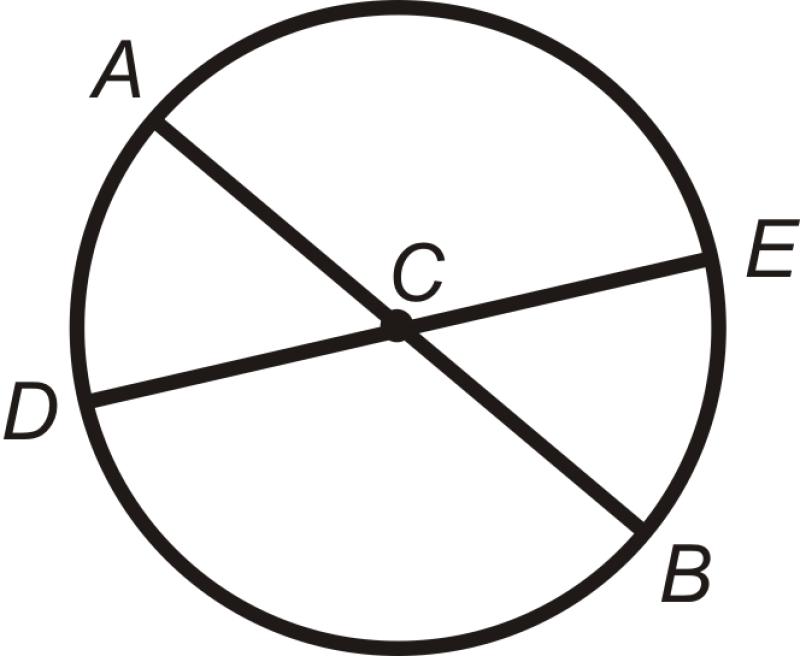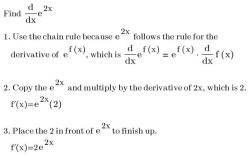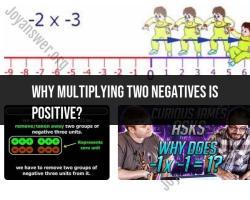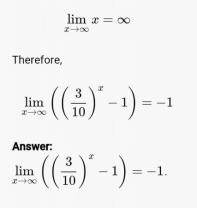Which central angles are congruent?
Central angles are congruent if they have the same measure, i.e., if their angles are equal. In a circle, any two central angles with the same intercepted arc are congruent. The key concept to remember is that the measure of a central angle is equal to the measure of the intercepted arc.
Here's how you can identify congruent central angles:
Intercepted Arcs:
- If two central angles have the same intercepted arc, they are congruent.
- The intercepted arc is the arc between the sides of the central angle, and its measure is equal to the measure of the central angle.
Equal Measures:
- Congruent central angles have equal measures. If ∠AOC and ∠BOC are central angles in the same circle, and arc AC = arc BC, then ∠AOC = ∠BOC.
Symmetry:
- If a circle has symmetry (e.g., if it is divided into equal parts by a diameter or radius), central angles formed by corresponding points on each side of the symmetry axis are congruent.
Angle at the Center:
- The angle at the center of the circle (a central angle) formed by two radii is always congruent to another angle at the center formed by different radii if they subtend the same arc.
In symbols, if ∠AOC and ∠BOC are central angles with intercepted arcs AC and BC, respectively, and if arc AC = arc BC, then ∠AOC ≅ ∠BOC.
It's important to note that the congruence of central angles is dependent on the equality of the intercepted arcs. If the arcs are not equal, the central angles are not congruent.
Understanding central angles and their congruence is fundamental to working with circles and angles in geometry. Always check the context of the problem to ensure that you are comparing angles with equal intercepted arcs to determine congruence.
Which central angles are considered congruent?
Central angles are considered congruent if they measure the same arc. In other words, two central angles are congruent if they have the same number of degrees or radians. For example, a central angle that measures 60 degrees is congruent to another central angle that measures 60 degrees.
What conditions or properties define congruent central angles?
There are two main conditions or properties that define congruent central angles:
They must intercept the same arc. This means that the two angles must share the same two endpoints on the circumference of the circle.
They must have the same measure. This means that the two angles must measure the same number of degrees or radians.
Are there relationships between congruent central angles and other geometric elements?
Yes, there are several relationships between congruent central angles and other geometric elements.
Congruent central angles intercept congruent arcs. This means that two arcs that are intercepted by congruent central angles will have the same measure.
Congruent central angles form congruent chords. This means that two chords that are formed by connecting the endpoints of two congruent central angles will have the same length.
Congruent central angles have the same vertex. This means that two central angles that are congruent will have the same vertex (the center of the circle).
I hope this helps!











